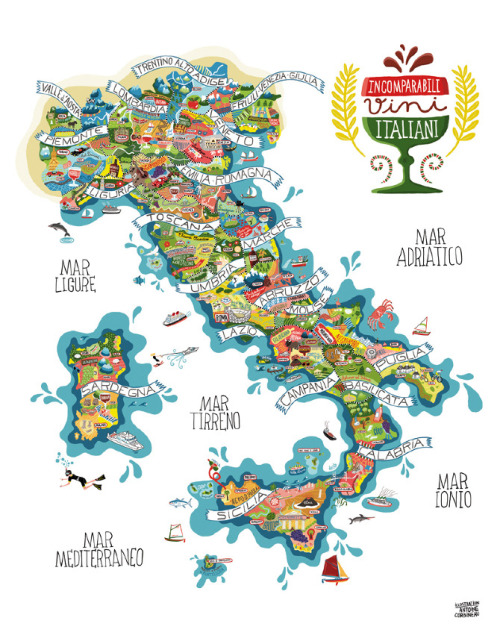The Los Angeles station fire of 2009 began with the Morris fire, that overtook 2,168 of Angeles National Forest, and then the Station Fire which burned over 160,000acres, around 252 square miles of National Forest Land burned. It was devastating and two firefighters actually lost their lives while in their efforts to put an end to the burning of Los Angeles County. The Angeles National Forest is home to over 72% of Los Angeles County's open space. The total acreage for Angeles National Foresst is 694,187; meaning that from this Station fire alone, over 23% was burned and directly effected.
For my different layers I chose to show the major highways, the recreational park areas, which are in orange, and the California park boundaries which are in red. As you can see from the map the fire area was completely in the Angeles National Forest, which is under the recreational park label. The map allows us to clearly see how the 23% of National Forest that I mentioned previously. The fire's destruction has led to many restoration projects of the Angeles National Forest. Organizations such as Tree People have ongoing projects to restore the vegetation of the Forest and park as well as spreading awareness regarding fire safety.
My reasonings for adding the layers for recreational parks and park boundaries was due to my interest in National Parks and hiking, my addition of the major highways was to incorporate a more in depth depiction of where the fire spread. It was in fact not far from many major highways, although still in Angeles National Forest. I also included the California State layer with the avocado green color to provide a contrast between the fire scene and the rest of my layers.
In providing the National Forest Locator map for Angeles National Forest, my goal was to show a clean version of the scene of the Station fire. The map I created shows where the fire was located and its spreading over a series of five days. The National Forest Locator map allows us to see the location 'fire free' and also with the surrounding cities and major roads in clear view. I felt that this map provided a point of reference for the 'fire-less' Angeles National Forest and therefore enhanced the impact of the fire shown within my map by providing the clean pre-fire reference.
In conclusion the results from choosing specific layers to display a certain location and or phenomena show how GIS can manipulate results or enhance findings. I found this lab to be a nice culmination of all of our learnings this quarter in the maneuverings of GIS. Learning about GIS as a software, a map generating tool, and as a manipulator of information has given me a greater appreciation for maps, and a more inquisitive mind when reading them. The Station Forest Fire that occurred in 2009 was devastating to the Angeles National Forest, and GIS accurately and cohesively can display its full effects.
 |
| The Angeles National Forest Recreational Area was where the fire was located and overtook more than 23% of the Forest. |
WORKS CITED:
. "Angeles National Forest, CA." Recreation.Gov . N.p.. Web. 28 Nov 2012. <http://www.recreation.gov/recAreaDetails.do?contractCode=NRSO&recAreaId=1061&agencyCode=131>.
. "Angeles National Forest Restoration." Strategy and timeline for replanting the Angeles National Forest after the 2009 Station Fire. N.p.. Web. 28 Nov 2012. <http://www.treepeople.org/angeles-national-forest-restoration>.
"California Emergency Managment: Executive Summary ." 2009 LOS ANGELES COUNTY WILDFIRES AFTER ACTION / CORRECTIVE ACTION REPORT. California Emergency Managment , n.d. Web. 28 Nov 2012. <http://www.google.com/url?sa=t&rct=j&q=&esrc=s&source=web&cd=3&cad=rja&ved=0CDsQFjAC&url=http://www.calema.ca.gov/PlanningandPreparedness/Documents/2-%20Los%20Angeles%20County%20Fires%20Exec%20Summ%203_8_11%20Edits.pdf&ei=XZK2UNCIH8X5igKQrIDYCg&usg=AFQjCNFiarbmFwRbH-Ut_10glN320mfWZA>.
. "National Forest Locator Map: Angeles National Forest ." United States Forest Service . N.p.. Web. 28 Nov 2012. <http://www.fs.fed.us/locatormap/
. "United States Department of Agriculture ." Station Fire Recovery . California Emergency Managment , 7 2011. Web. 28 Nov 2012. <http://www.fs.usda.gov/detail/angeles/home/?cid=STELPRDB5292773>.






















